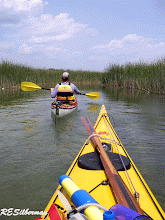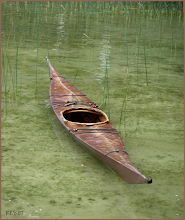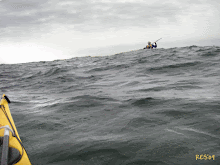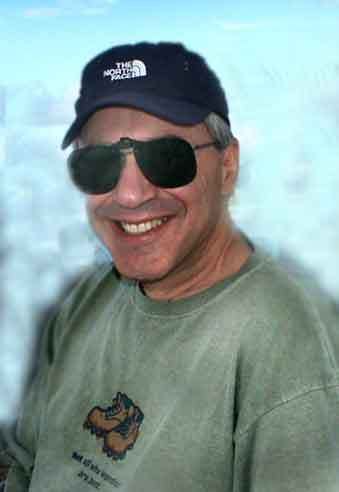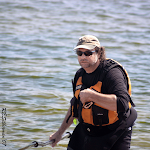Looking v. Seeing
Tuning Your Radio
When teaching young doctors to hear the very low-pitched S3 sound a failing heart makes I have to tell them to "tune" their ears the way they would a radio. The sound they want is like 620 AM (WTMJ in Milwaukee) and will be missed if their ears are "tuned to 1120 (WISN in Milwaukee). Something akin to this seems to happen with eye balls, the brain, looking and seeing.
People will walk about a wooded area and look at something like this:
But if they "tune" their eyes , they will eventually "see" this:
One of the best ways to get someone to see this way is to hand them a camera. Suddenly, they slow down and look carefully at what is around them. Slowly and with practice new possibilities arise. Soon, a scene such as this
which, at first, appears chaotic and of no special interest...after closer examination becomes...
Folks often look at my 11 x 14 black and white fine art prints and ask if that is how a scene really looked. I answer, "No, that is what I saw." So, slow down and turn your looking into seeing. There is a magnificent world out there waiting for your attention. Don't have a camera? Have trouble slowing down? Try a kayak.
Paddle safe...
DS
.jpg)
.jpg)





